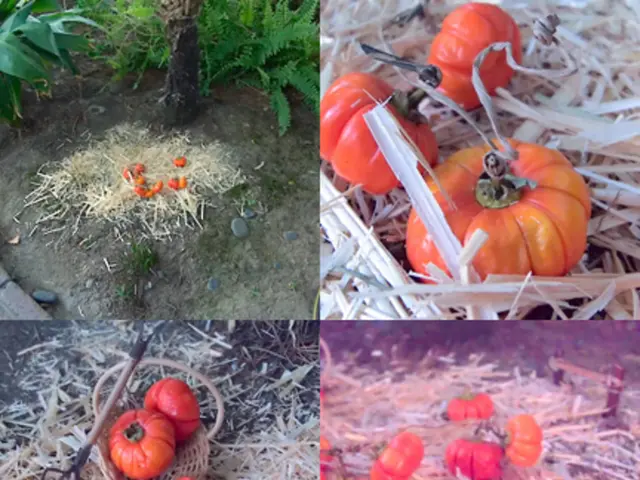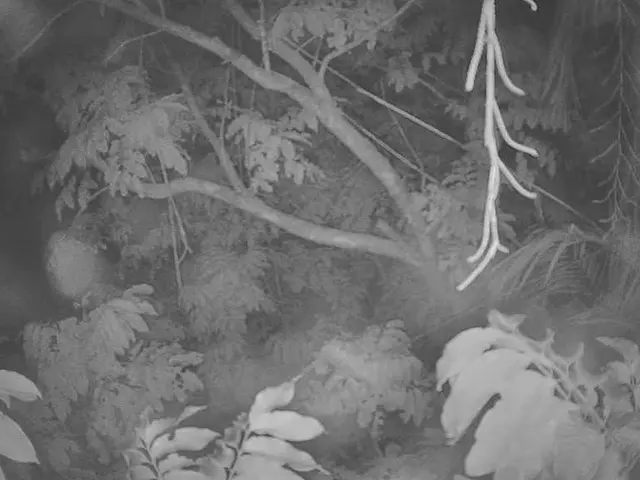Cultivating a Chestnut Tree: A Guide
The sweet chestnut tree (Castanea sativa), native to southern Europe, western Asia, and North Africa, is a valuable addition to any garden. Known for its attractive appearance and bountiful harvest, this tree can thrive with the right care and attention. Here's a comprehensive guide on how to manage your sweet chestnut tree effectively.
Soil Conditions -----------------
Sweet chestnut trees prefer well-drained, acidic soils with a pH between 5.5 and 6.5. The soil should be rich in organic matter to ensure good nutrient availability. Key nutrients for chestnut trees include nitrogen, phosphorus, and potassium, with nitrogen being crucial for leaf growth, while phosphorus and potassium become more important during flowering and fruiting.
Planting --------
Plant your sweet chestnut tree in full sun and ensure it has enough space, as they can grow quite large. Before planting, prepare the soil by adding organic matter like compost to improve its fertility and drainage. The best time to plant is either early spring or fall, avoiding extreme weather conditions.
Pruning -------
Pruning helps maintain tree shape, promotes healthy growth, and enhances nut production. Prune annually during the dormant season (winter) to avoid disease and pest issues. Remove dead or diseased branches, thin the canopy to allow sunlight to reach the lower parts of the tree, and shape the tree to maintain a balanced shape and encourage a strong, central leader.
Pests and Diseases -------------------
Watch for pests like the chestnut beetle, which can be a secondary pest causing damage. Sweet chestnut trees are susceptible to diseases such as crown dieback, with symptoms including withered and dried leaves, and dieback of branches. Regularly inspect your trees for signs of pests or diseases, and use integrated pest management techniques, including biological controls and fungicides when necessary.
Additional Care Tips --------------------
Ensure consistent moisture levels, especially during the first year after planting. Apply a balanced fertilizer during the growing season to support tree health and nut production. Mulch around the base of the tree to retain moisture and suppress weeds.
Tree Characteristics --------------------
Sweet chestnut trees produce creamy-yellow male and female catkins in summer. Their leaves are long with serrated edges and prominent veins, turning bronze in autumn before falling. The tree bark is smooth when young, becoming more textured and furrowed as the tree matures.
Sweet chestnut trees can be purchased as bare-root plants and planted from late autumn to early spring. They are suitable for coppicing, with a height of 200 and a spread of 150. Sweet chestnut trees can live to around 700 years old and produce shiny, edible, and nutritious chestnuts enclosed in prickly green shells at around 25 years old.
The sweet chestnut tree provides food for pollinators such as bees, squirrels, and some species of moths feed on the leaves. They are found growing throughout the UK. To ensure a healthy tree, buy sweet chestnut trees from a reputable supplier who sells British-grown or certified disease-free stock.
Given enough space, sweet chestnut trees can reach more than 20m x 15m. With proper care, your sweet chestnut tree can thrive and produce a bountiful harvest. Find sweet chestnut trees at specialist tree nurseries or online, such as Barcham Trees or Ornamental Trees.
Adding a sweet chestnut tree to your home-and-garden lifestyle can offer both aesthetic appeal and a bountiful harvest. This tree, with its attractive catkin blooms in summer and bronze leaves in autumn, can be an excellent choice for gardening enthusiasts. By providing well-drained, slightly acidic soil enriched with organic matter, and following our comprehensive guide on planting, pruning, and additional care tips, you can help your sweet chestnut tree thrive and produce chestnuts after approximately 25 years.








